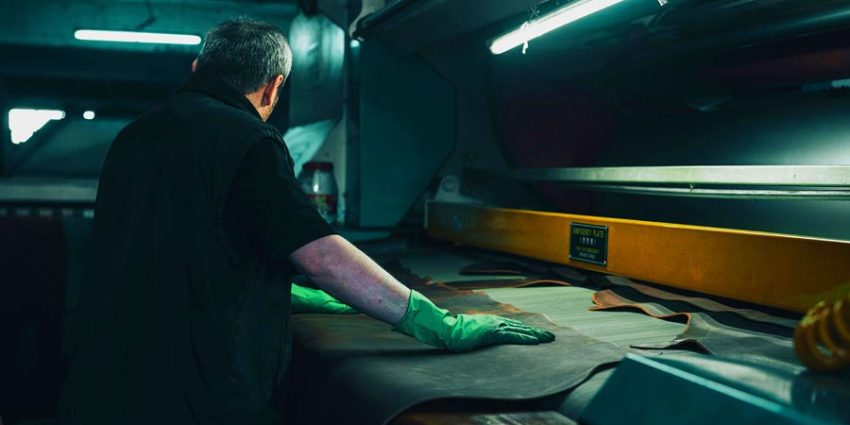When tackling a job, selecting the right tools is like choosing the right shoes for a hike—it’s essential for success. Environmental factors play a significant role in this decision, shaping the tools we choose based on the conditions at hand. Whether you’re working in extreme temperatures, humid environments, or rugged terrains, understanding these influences can help you make informed choices.
Temperature Extremes
Extreme temperatures can be harsh on tools, affecting both their materials and functionality. For instance:
- Cold Conditions:
In frigid environments, metal tools may become brittle, increasing the risk of breakage. Selecting tools made from high-quality alloys designed to withstand low temperatures is crucial.
- Hot Conditions:
High temperatures can lead to overheating and distortion. Tools that retain their integrity under heat—like those made with heat-resistant materials—are essential.
Choosing tools that are rated for temperature extremes can ensure longevity and performance, regardless of the climate.
Humidity and Moisture
High humidity and moisture levels can lead to rust and corrosion, especially for metal tools. Here’s how to navigate these challenges:
- Rust-Resistant Materials: Opt for stainless steel or tools coated with corrosion-resistant finishes to prolong their lifespan.
- Proper Storage: Use moisture-absorbing desiccants or store tools in dry areas to mitigate the effects of humidity.
In environments prone to moisture, being proactive about materials and storage can prevent premature wear and tear.
Terrain Challenges
The type of terrain where tools are used greatly influences the selection process. Consider these factors:
- Rugged Terrain:
For jobs in rocky or uneven landscapes, tools designed for durability and grip are necessary. Look for tools with sturdy handles and non-slip grips.
- Soft or Loose Soil:
In gardening or agricultural settings, lightweight and ergonomic tools can ease the physical strain and enhance efficiency.
Choosing tools tailored to the terrain not only enhances performance but also reduces the risk of injury.
Dust and Particulates
Dusty environments can clog tool mechanisms and lead to reduced efficiency. Here’s how to tackle this issue:
- Select tools that feature sealed mechanisms to prevent dust ingress.
- Establish a routine for cleaning and maintaining tools used in dusty conditions. This practice extends tool life and ensures optimal performance.
In settings with high dust levels, being mindful of maintenance and tool design can significantly improve productivity.
Conclusion
Understanding how environmental factors impact tool selection is crucial for success in any project. By considering temperature, humidity, terrain, dust, and chemical exposure, you can choose the right tools that ensure efficiency and durability.
Remember, the right tools for the right conditions can make all the difference in achieving optimal results, keeping you prepared for whatever challenges lie ahead. So next time you gear up for a job, take a moment to assess the environment and choose wisely!

